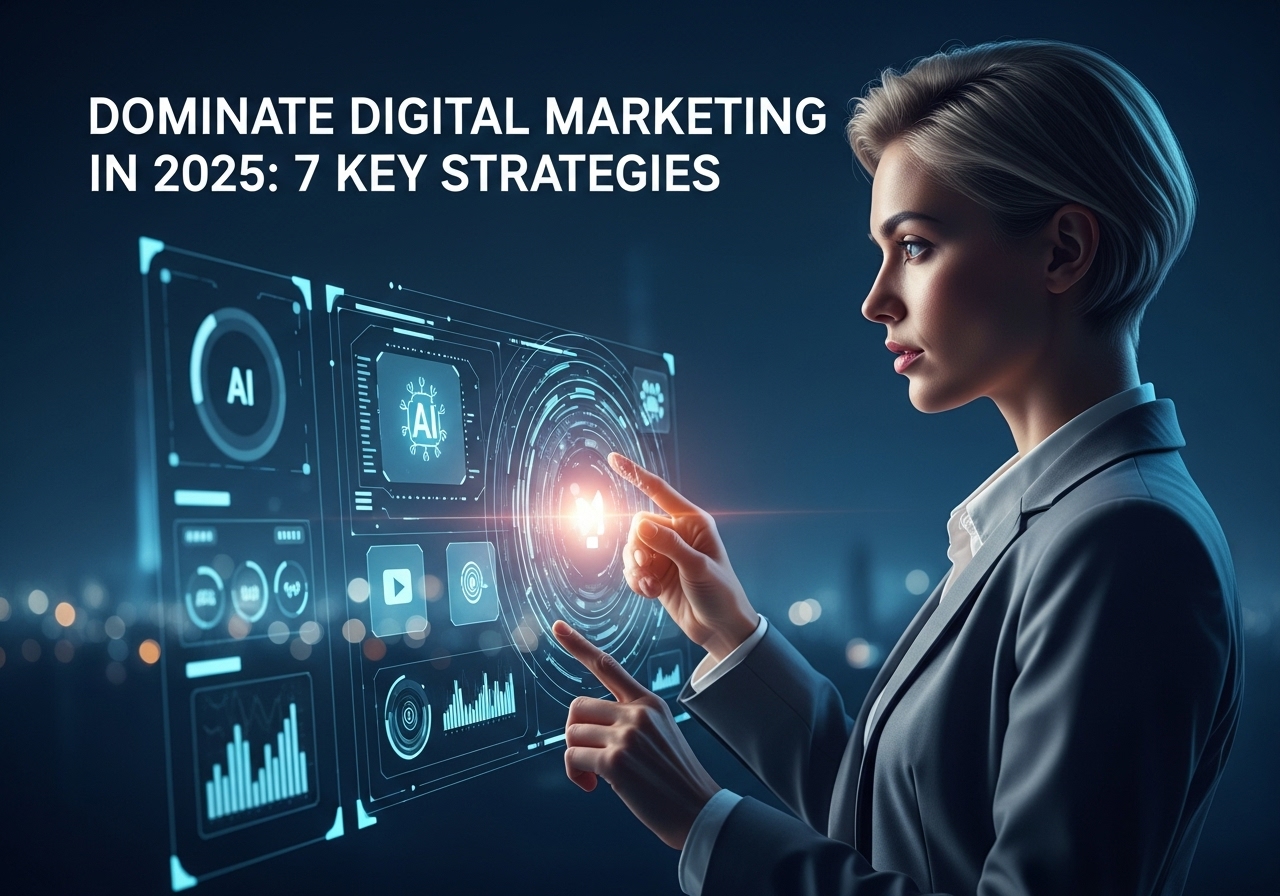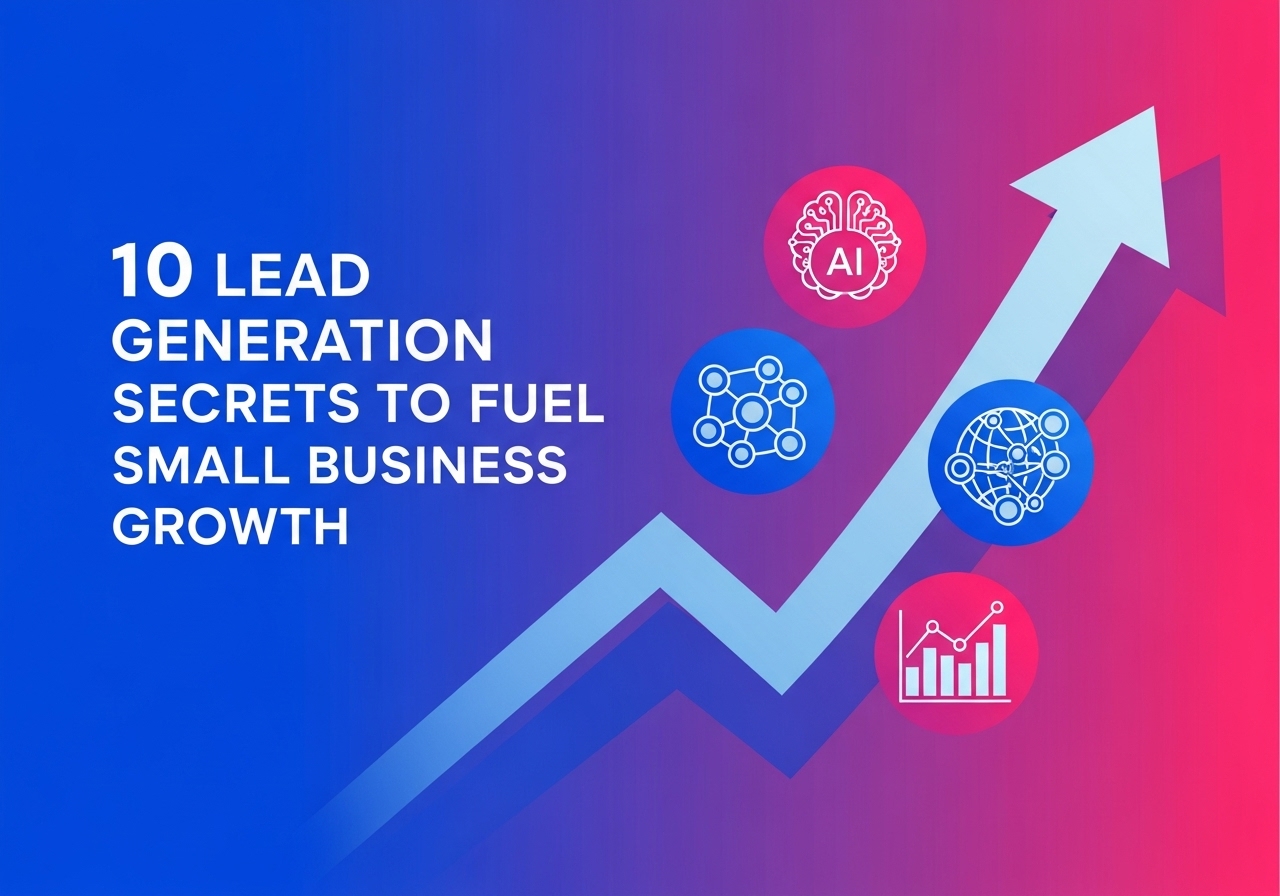In the rapidly evolving digital landscape of 2025, businesses are facing unprecedented challenges and opportunities when it comes to marketing. With 73% of marketers now regularly using AI tools and search behaviors dramatically shifting across platforms, the strategies that worked even a year ago may already be outdated. Whether you’re a seasoned marketing professional or a business owner looking to maximize your marketing ROI, implementing high-impact marketing strategies has never been more crucial for staying competitive. For more insights, explore how CDM Suite can help or check out the CDM Suite blog.
The Evolution of Marketing in 2025
The marketing ecosystem has undergone a dramatic transformation in recent months. New technologies and platforms are continuously reshaping how brands connect with audiences, and this pace of change shows no signs of slowing down. To put it simply: what worked in 2024 is already being replaced by more sophisticated, data-driven approaches.
AI Integration: The New Marketing Backbone
Artificial Intelligence has moved beyond being a mere buzzword to becoming the backbone of effective marketing strategies. In 2025, AI is no longer optional—it’s essential. Advanced AI and machine learning are now powering approximately 70% of all digital marketing strategies, revolutionizing everything from content creation to campaign analysis.
Practical AI Applications for Marketers:
- Ideation and Brainstorming: Tools like ChatGPT are being used to generate fresh campaign ideas and creative concepts in minutes rather than days.
- Content Creation: Platforms such as Midjourney and DALL-E now enable any team member to create professional-quality ad copy and social media visuals without specialized design skills.
- Campaign Analysis: What once took weeks of manual data processing can now be completed in minutes, with AI systems analyzing campaign performance across multiple channels simultaneously.
AI-powered predictive analytics has become particularly valuable, allowing businesses to anticipate market shifts and consumer behaviors with unprecedented accuracy. This enables proactive strategy adjustments rather than reactive responses to market changes.
High-Impact Marketing Strategies for 2025
1. Data-Driven Decision Making
Modern marketing success begins with leveraging comprehensive data analytics. In 2025, the most successful companies are those that have moved beyond basic metrics to implement advanced analytics tools that uncover actionable insights in real-time.
To implement this strategy effectively:
- Use tools like Google Analytics, Tableau, and CRM platforms to segment audiences with precision.
- Measure campaign success across multiple touchpoints.
- Develop systems to adapt quickly to market demands based on real-time data.
The businesses seeing the highest ROI are those that have integrated their data sources to create a unified view of customer interactions across all channels.
2. Hyper-Personalization at Scale
Building trust through personalized experiences has reached new heights in 2025. Brands have moved beyond basic personalization tactics like name insertion and generic product recommendations to deliver truly individualized experiences.
The most effective personalization strategies now:
- Analyze behavioral patterns across platforms to predict individual needs.
- Deliver content tailored to specific stages in the customer journey.
- Create emotional connections through messaging that resonates with personal values.
This deep level of personalization is proving essential for building brand trust. With consumers having immediate access to information and the ability to quickly verify companies’ claims, businesses must focus on consistent honesty and transparency in all communications.
3. Content Marketing Evolution
While content remains king in 2025, the approach has fundamentally changed. High-quality content that establishes authority and fosters trust is now an indispensable part of any marketing strategy, but with a crucial shift in focus: it’s now about serving user needs rather than promoting products.
The most effective content strategies now emphasize:
- Interactive content like quizzes and polls that drive engagement.
- Long-form, in-depth articles that provide genuine value.
- User-generated content that builds authenticity.
- Repurposing existing content to create greater relevance and value.
This user-centric approach to content is delivering significantly higher engagement rates and conversion values compared to traditional product-focused content.
4. Search Everywhere Optimization
SEO in 2025 extends far beyond traditional search engines. With 40% of Gen Z now using social platforms as their primary search tools, brands must optimize their presence across multiple search ecosystems.
A comprehensive search strategy now includes:
- Traditional search engine optimization.
- Social media search optimization.
- Voice search optimization (with over 1 billion monthly voice searches).
- Visual search optimization (processing 10 billion monthly queries).
This multi-platform approach recognizes that consumers are searching for information, products, and services across a fragmented digital landscape, requiring brands to maintain consistent visibility wherever their audience might be looking.
5. Building a Client Referral Engine
In an era of increasing advertising costs and diminishing trust in traditional marketing, developing a systematic approach to generating client referrals has become a high-impact strategy for sustainable growth.
Effective referral systems typically include:
- Structured programs that incentivize existing clients to refer new business.
- Seamless processes that make it easy for satisfied customers to share their experiences.
- Regular touchpoints that remind clients of the value they’ve received.
When properly implemented, these referral engines create a virtuous cycle of growth that reduces customer acquisition costs while simultaneously bringing in higher-quality leads.
6. Thought Leadership as a Client Attraction Tool
Establishing your brand as a thought leader in your industry has emerged as one of the most effective ways to attract high-value clients in 2025. By sharing valuable insights and perspectives, businesses can build credibility and trust before a prospect ever engages with their sales process.
Successful thought leadership strategies include:
- Creating and distributing original research and industry analyses.
- Developing distinctive points of view on industry challenges and opportunities.
- Maintaining consistent presence across relevant platforms where target clients seek information.
This approach is particularly effective for B2B companies and professional service firms where expertise and trust are primary purchase drivers.
7. Niche Optimization and Differentiation
In 2025’s crowded marketplace, clearly defining your niche and articulating your unique value proposition has become essential for cutting through the noise. The most successful businesses are those that have narrowed their focus to serve specific segments with tailored solutions.
Effective niche optimization includes:
- Identifying underserved segments within broader markets.
- Developing specialized offerings that address the unique needs of these segments.
- Creating positioning that clearly communicates your differentiated value.
This focused approach allows businesses to compete more effectively against larger, more generalized competitors by becoming the clear choice for specific customer groups.
8. Short-Form Video Content Dominance
Video remains the dominant content format in 2025, with short-form video continuing to drive the highest engagement rates across platforms. Brands that excel at creating compelling, platform-optimized video content are seeing significantly higher conversion rates and brand recall.
The most effective video strategies now include:
- Platform-specific content optimized for each channel’s unique audience and algorithm.
- Authentic, value-driven messaging rather than overly produced commercial content.
- Strategic use of trending formats and features to maximize reach.
This approach recognizes that consumers increasingly prefer to consume information in video format, with expectations for both entertainment value and practical utility.
9. Social Commerce Integration
The line between social media and e-commerce continues to blur in 2025, with social commerce projected to exceed $1 trillion by 2028. The most forward-thinking brands have fully integrated their social media and sales strategies, creating seamless purchasing experiences directly within social platforms.
Effective social commerce strategies include:
- Shoppable posts and videos that minimize friction in the purchase journey.
- Social-exclusive products and offers that create urgency and FOMO.
- Community-building efforts that transform followers into advocates.
This integration recognizes that consumers increasingly discover products through social channels and expect to be able to purchase without leaving their preferred platforms.
10. Platform Convergence Strategies
As the digital ecosystem becomes increasingly complex, successful brands in 2025 are adopting platform convergence strategies that create consistent, connected experiences across touchpoints. Rather than treating each channel as a separate entity, these businesses are developing integrated approaches that recognize the customer’s journey spans multiple platforms.
Effective convergence strategies include:
- Unified messaging and visual identity across all channels.
- Connected data systems that track interactions across platforms.
- Orchestrated campaigns that leverage the strengths of each channel while maintaining narrative consistency.
This approach delivers a more coherent brand experience while maximizing the efficiency of marketing investments.
11. Community-Building for Brand Trust
In an era of declining trust in institutions, building authentic communities around your brand has emerged as a powerful strategy for establishing credibility and loyalty. The most successful brands in 2025 are those that facilitate meaningful connections not just between the company and its customers, but among customers themselves.
Effective community-building strategies include:
- Creating dedicated spaces (both digital and physical) for customer interaction.
- Facilitating knowledge-sharing and support among community members.
- Involving community members in product development and brand decisions.
This approach transforms customers from passive consumers into active participants in your brand’s story, creating stronger emotional bonds and higher lifetime value.
12. Cause-Related Marketing with Authenticity
As consumers increasingly align their purchasing decisions with their values, cause-related marketing has evolved from a nice-to-have to a strategic imperative. However, in 2025, consumers are highly sensitive to inauthentic purpose-washing, making genuine commitment essential.
Effective cause-related marketing now includes:
- Selecting causes that authentically align with brand values and business operations.
- Demonstrating long-term commitment rather than opportunistic campaigns.
- Measuring and transparently reporting on social impact alongside business results.
This approach recognizes that modern consumers expect brands to contribute positively to society, but only reward those whose actions match their rhetoric.
Implementing Your High-Impact Marketing Strategy
While understanding these strategies is important, implementation is where most businesses struggle. To maximize your marketing impact in 2025:
- Audit your current marketing efforts against these high-impact strategies to identify gaps and opportunities.
- Prioritize initiatives based on potential impact and alignment with your business objectives.
- Build the necessary capabilities, whether through team development, technology investment, or strategic partnerships.
- Test and iterate continuously, using data to refine your approach.
- Scale successful tactics while remaining agile enough to adapt to changing conditions.
Remember that even the most powerful strategies must be tailored to your specific business context, target audience, and resources to deliver optimal results.
Take Your Marketing to the Next Level
Implementing these high-impact marketing strategies requires a clear understanding of your current marketing effectiveness and a roadmap for improvement. Without this foundation, even the most innovative tactics may fail to deliver their full potential.
Find out EXACTLY what’s missing in your marketing strategy with our free 3-minute marketing assessment and get a custom growth plan tailored to your business needs at https://cdmsuite.com/free-3-minute-marketing-assessment-get-a-custom-growth-plan/.



